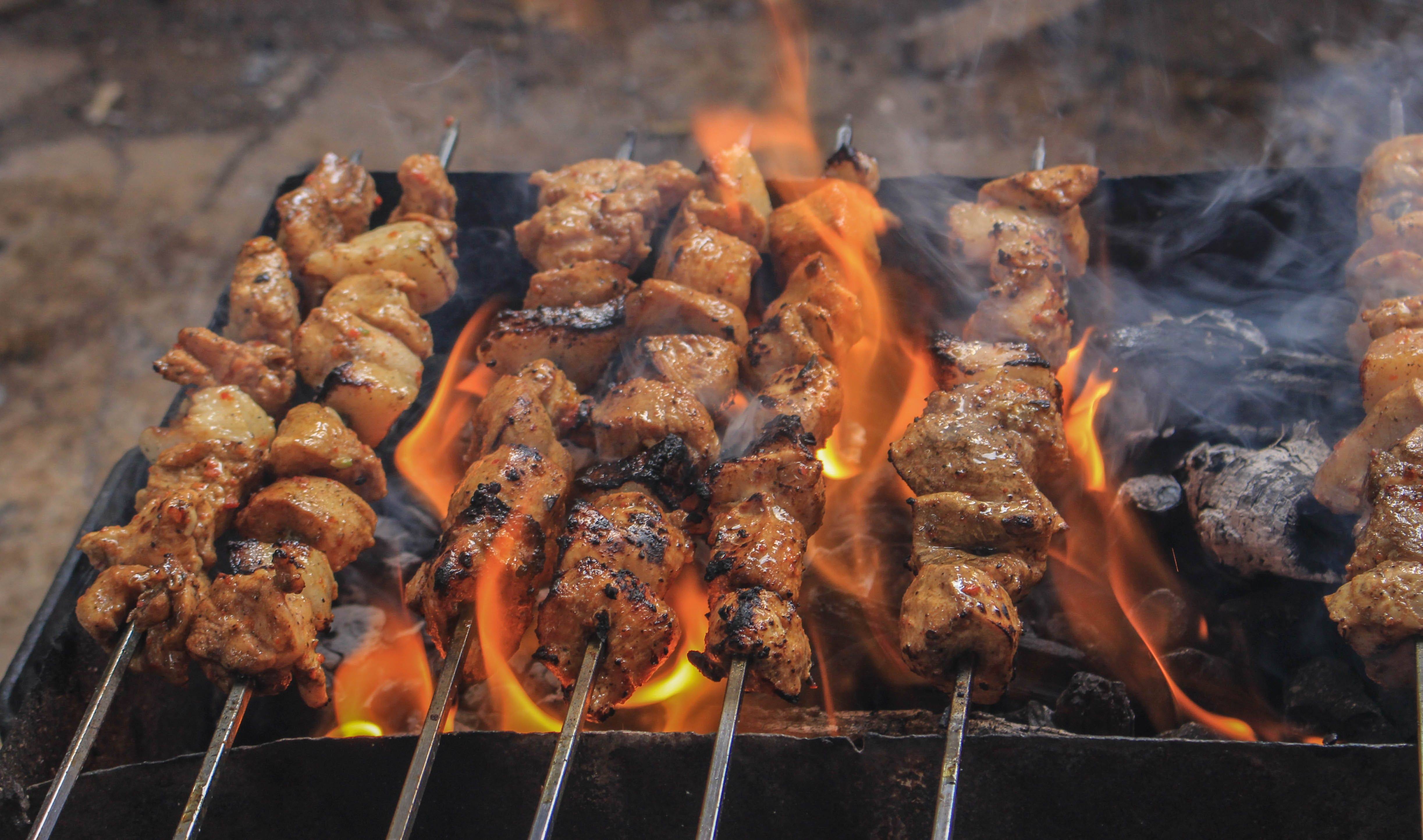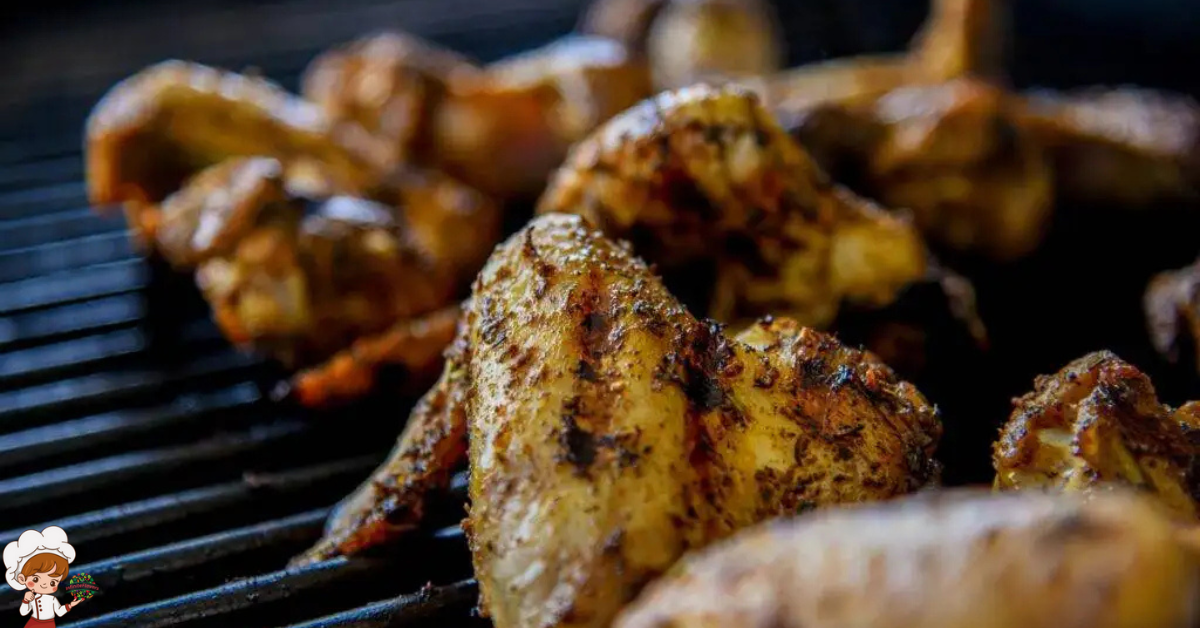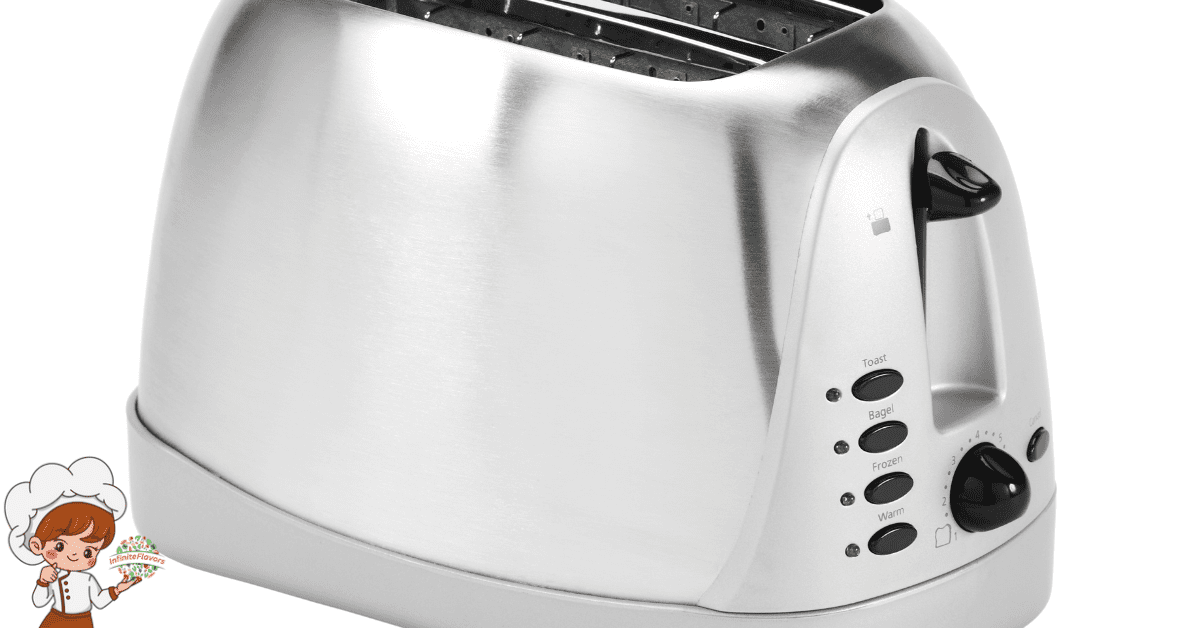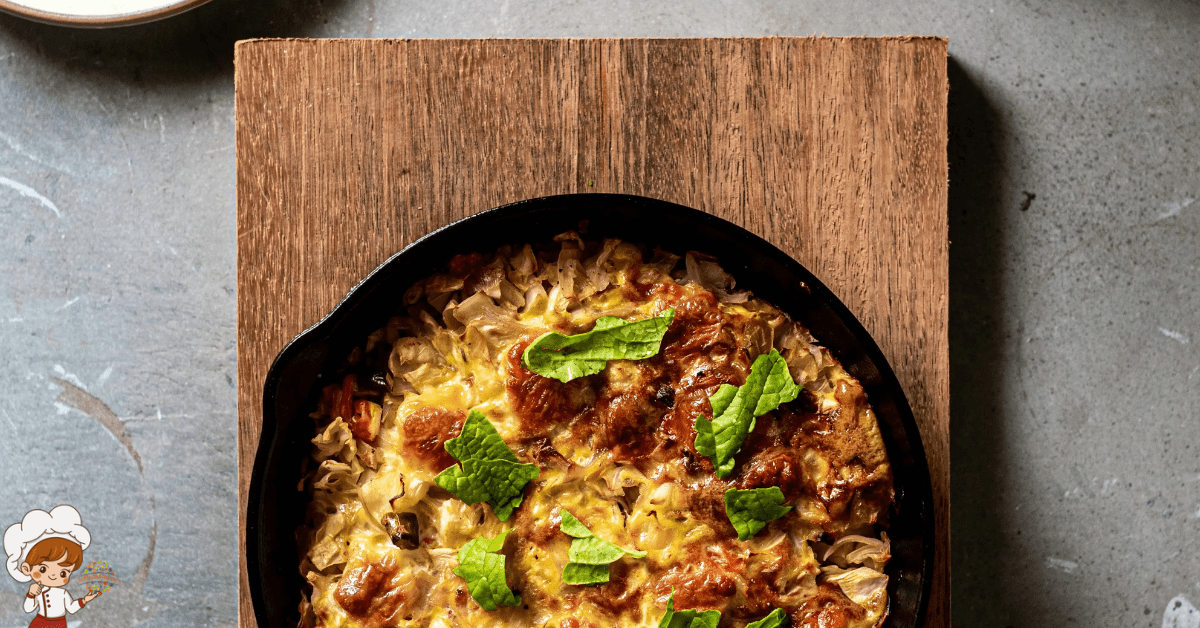Investing In 3D Food Printing Technology

Investing In 3D Food Printing Technology gives you a chance to tap into a transformative market. This innovation revolutionizes meal preparation, catering to personalized and sustainable food needs. As consumer demand grows, so does the potential for creative culinary solutions. You’ll find several promising startups and established companies enthusiastic for investment. While there are challenges, like regulatory hurdles and scalability issues, the overall growth potential and advancements in technology make this sector attractive. If you’re curious about the latest trends and key players shaping this landscape, there’s much more to explore.
Overview of 3D Food Printing
3D food printing is revolutionizing how we think about meal preparation and customization. You’re witnessing a shift in food design, where technology meets culinary applications to create dishes that are not only tasty but visually stunning. Imagine being able to craft intricate shapes and textures with precision, enhancing both the presentation and the nutritional value of your meals.
With 3D food printing, you can easily adjust recipes to meet dietary needs or personal preferences, making it perfect for anyone looking to tailor their meals. The technology allows you to create custom flavors, colors, and even textures that traditional cooking methods can’t achieve. You’re no longer limited by conventional recipes; instead, you can experiment and innovate in your kitchen.
This approach to food design opens up a world of possibilities for chefs and home cooks alike. You can print complex structures, transforming everyday ingredients into artistic creations. As you embrace this culinary frontier, you’ll find that the boundaries of creativity expand, allowing you to create unique dining experiences that delight the senses. Whether you’re a professional chef or an enthusiastic home cook, 3D food printing is changing the way you think about food.
Market Potential and Growth
As the culinary world embraces innovation, the market potential for food printing technology continues to expand rapidly. Market analysis shows a significant rise in consumer acceptance, driven by the growing demand for personalized and sustainable food options. You’ll find that investment strategies focusing on this technology are becoming increasingly attractive, as more players enter the competitive landscape.
Technological adoption is essential in this sector, with advancements enabling faster and more efficient printing processes. However, you must be mindful of regulatory considerations, as food safety and quality standards vary across regions. Understanding market segmentation will also help you identify niche areas, such as gourmet restaurants or meal kits, where 3D food printing can thrive.
Geographic trends reveal that regions like North America and Europe are leading the charge in adopting this technology, but Asia-Pacific is catching up quickly. By keeping an eye on these trends, you can better position yourself within this evolving landscape. Overall, the growth potential is immense, and engaging with this innovative market now could yield significant returns in the future.
Key Technologies and Innovations
While advancements in food printing technology continue to emerge, several key innovations are reshaping the landscape. One vital aspect is the development of specialized printing materials. You’ll find that these materials, ranging from plant-based pastes to protein-rich substances, enable chefs and food manufacturers to create healthier and more customized food options. This flexibility in materials not only enhances the culinary experience but also caters to various dietary needs.
Another significant innovation lies in the design software used in 3D food printing. This software allows you to create intricate and personalized food designs with ease. By leveraging advanced algorithms and user-friendly interfaces, you can experiment with shapes, textures, and flavors, transforming ordinary meals into artistic masterpieces. The integration of augmented reality in design software further enhances your creative process, letting you visualize your culinary creations before printing.
Together, these key technologies and innovations facilitate a new era in food preparation and presentation. By embracing these advancements, you’re not just investing in a technology; you’re participating in a movement that redefines how we think about food.
Advantages of 3D Food Printing
One of the most compelling benefits of food printing technology is its ability to reduce food waste. By crafting meals layer by layer, you can precisely use ingredients, minimizing excess and leftovers. This efficiency not only saves money but also contributes to a more sustainable food system.
Another advantage is the potential for taste enhancement. With 3D printing, you can experiment with different textures and flavors, creating unique culinary experiences. You’re no longer limited to traditional cooking methods; the possibilities for flavor combinations are endless.
Moreover, food design becomes an exciting avenue for creativity. You can customize meals to suit individual preferences, dietary restrictions, or even aesthetic desires. Want a dish that looks as good as it tastes? 3D food printing allows you to achieve intricate designs that elevate the dining experience.
In addition, this technology can enable personalized nutrition, allowing you to tailor meals for specific health needs. Whether you’re looking for protein-packed options or low-calorie delights, you can create exactly what you need. Overall, 3D food printing opens up a world of culinary innovation that’s both practical and enticing.
Challenges and Limitations
Despite the exciting potential of 3D food printing, several challenges and limitations hinder its widespread adoption. You’ll encounter regulatory hurdles that slow down the approval process for new food products. Guiding through these regulations can be intimidating, and they often vary by region. Additionally, consumer acceptance remains a significant barrier; many people are still skeptical about the safety and quality of 3D-printed food.
Technical limitations also pose challenges. Current printers might struggle with flavor preservation, affecting the overall sensory experience of the food. Material constraints can limit the types of ingredients you can use, leading to a lack of variety in 3D-printed offerings. Furthermore, cost implications can be prohibitive, as high-quality printers and ingredients often require a considerable investment.
Scalability issues further complicate matters. While 3D printing can create intricate designs, scaling production to meet large demand without compromising quality is still a work in progress. Finally, adhering to safety standards is essential, and ensuring that 3D-printed food meets these standards can be a complex task. Addressing these challenges is imperative for the future of 3D food printing technology.
Investment Opportunities
The potential for growth in 3D food printing technology presents exciting investment opportunities for those looking to capitalize on innovative culinary solutions. You can explore various avenues, including crowdfunding platforms that allow you to support emerging startups, or consider tapping into venture capital and angel investors who are keen on funding disruptive technologies.
Conducting thorough market analysis is essential. You’ll want to assess the competitive landscape to identify key players and potential gaps in the market. Regulatory considerations also play a significant role in shaping the industry; understanding these will help you navigate any hurdles.
Engage in technology evaluation to determine which innovations have the best growth potential. Crafting solid investment strategies will help you align your portfolio with the industry’s future. Additionally, performing an exhaustive risk assessment guarantees you’re aware of potential pitfalls.
Lastly, implement financial forecasting to project returns and gauge the sustainability of your investments. By staying informed and proactive, you can position yourself to make impactful investments in the promising domain of 3D food printing technology.
Future Trends in Food Tech
As you explore the future of food tech, you’ll notice a strong emphasis on sustainability in food production. Personalization and customization trends are also gaining traction, allowing consumers to tailor their meals to fit individual preferences. Plus, nutritional innovations are on the rise, promising healthier options that cater to diverse dietary needs.
Sustainability in Food Production
Sustainability in food production is gaining momentum, and 3D food printing technology plays an essential role in this shift. By utilizing sustainable materials, this innovative method reduces the environmental impact of traditional food manufacturing processes. You’ll notice that 3D printing enhances resource efficiency, allowing you to use only what’s needed, which considerably cuts down on food waste.
Moreover, 3D food printing can help lower your carbon footprint. It enables local sourcing, meaning ingredients can be sourced from nearby farms, supporting local economies while minimizing transportation emissions. This approach promotes ethical sourcing and encourages you to make conscious choices about the food you consume.
Additionally, this technology opens doors for biodiversity preservation by enabling the use of underutilized ingredients, which can help create a more diverse food system. As you invest in 3D food printing, you’re not just embracing the future of food; you’re contributing to a more sustainable world. By prioritizing these practices, you can be part of a movement that supports healthier ecosystems and a more responsible food supply chain. So, consider the benefits of this technology as it paves the way for a more sustainable food production landscape.
Personalization and Customization Trends
Personalization and customization in food tech are revolutionizing how you experience meals, catering to individual preferences and dietary needs like never before. With advancements in 3D food printing technology, you can now enjoy personalized nutrition tailored specifically to your lifestyle. Imagine being able to create meals that align perfectly with your nutritional goals, whether you’re aiming for weight loss, muscle gain, or specific dietary requirements.
This technology enables you to customize flavors, allowing you to enjoy your favorite tastes without compromising on health. You can mix and match ingredients to create dishes that satisfy your cravings while ensuring you’re getting the nutrients you need.
As a result, dining becomes an interactive experience where you can express your culinary creativity. You’re not just eating; you’re engaging with your food, making choices that reflect your unique preferences. This shift toward personalization also fosters a deeper connection to what you consume, promoting mindfulness around your dietary habits.
In the future, expect even more innovations in 3D food printing that will further enhance personalization and customization trends, making your meals not just satisfying but also a true reflection of your lifestyle.
Nutritional Innovations and Advancements
The future of food tech is set to be transformed by groundbreaking nutritional innovations that enhance both health and convenience. As you explore 3D food printing technology, you’ll discover how it enables nutritional optimization tailored to individual needs. By customizing recipes, you can create meals packed with essential nutrients, all while maintaining flavor and visual appeal.
Ingredient diversity plays an essential role in this evolution. With the ability to incorporate various food sources—from plant-based proteins to superfoods—3D printing allows you to craft dishes that meet specific dietary requirements. Imagine preparing a meal that not only satisfies your taste buds but also supports your wellness goals.
These advancements promise to streamline meal prep, making it easier for you to embrace healthier eating habits. They’ll also address challenges like food waste, as you can produce only what you need. Additionally, as nutritional knowledge expands, the potential for integrating functional ingredients—those that provide health benefits beyond basic nutrition—will increase.
Engaging with these innovations puts you at the forefront of a culinary revolution where health and technology converge, paving the way for a more nutritious future.
Case Studies and Examples
Let’s look at some successful startup implementations in 3D food printing that have made waves in the industry. You’ll also find notable collaborations that showcase how companies are coming together to innovate and push the boundaries of this technology. These examples highlight the potential and versatility of 3D food printing in today’s market.
Successful Startup Implementations
In the domain of 3D food printing, startups are transforming culinary experiences with innovative technologies and unique business models. Companies like Foodini and 3D Food Labs have achieved notable startup success by focusing on product innovation that resonates with modern consumers. They’ve effectively navigated technology adoption, making sure their machines are user-friendly and accessible, which boosts consumer acceptance.
Funding strategies play an essential role in these startups’ journeys. By attracting investors who believe in the potential of 3D food printing, they’ve secured the necessary capital to scale operations. Market differentiation is key; these startups offer bespoke products tailored to niche markets, setting them apart from traditional food production methods.
However, they face regulatory challenges that can hinder growth. Startups like Eatable Adventures have tackled these by collaborating with food safety experts to guarantee compliance while maintaining innovation. They’ve also optimized their supply chain, making certain that ingredients are sustainably sourced and ready for 3D printing.
Notable Industry Collaborations
Innovative startups aren’t just making waves on their own; they’re also forging significant partnerships that amplify the impact of 3D food printing technology. One notable example is the collaboration between a leading 3D food printer manufacturer and a major food corporation. By leveraging their respective strengths, they’ve developed a unique collaboration model that enhances product development and market reach. This strategic partnership allows the startup to access large-scale distribution channels while the corporation benefits from cutting-edge technology.
Another impressive case involves a startup specializing in plant-based materials teaming up with a culinary institute. This partnership aims to refine recipes tailored for 3D printing, showcasing how collaboration models can drive creativity and innovation in food design.
Furthermore, a recent alliance between tech firms and agricultural businesses is pushing the boundaries of sustainability in food production. By working together, they’re exploring ways to integrate local ingredients into 3D food printing, demonstrating the power of strategic partnerships in addressing global food challenges.
These examples illustrate that the future of 3D food printing isn’t just about individual innovation; it’s about how collaboration can revolutionize the industry as a whole.
Frequently Asked Questions: Investing In 3D Food Printing Technology
What Types of Food Can Be Printed Using This Technology?
You can print a variety of foods, from gourmet creations to intricate desserts. This technology allows for food customization, enabling you to create personalized meals that cater to dietary preferences and unique tastes.
How Does 3D Food Printing Affect Nutritional Value?
3D food printing enhances nutritional value by allowing you to customize ingredients based on your dietary needs. It promotes better ingredient sourcing, ensuring you get fresh, nutrient-rich components tailored to your health goals and preferences.
Are There Any Regulatory Concerns for 3D Printed Food?
Yes, there’re regulatory concerns for 3D printed food. You’ll need to contemplate safety standards and how they impact consumer acceptance. Ensuring compliance with regulations is essential for gaining trust in this innovative food technology.
What Is the Typical Cost of 3D Food Printers?
The typical cost of 3D food printers varies widely. You should conduct a cost analysis based on market trends, which generally show prices ranging from a few thousand to tens of thousands of dollars.
How Long Does It Take to Print a Meal?
When you consider meal preparation, the printing speed of a 3D food printer typically ranges from 30 minutes to several hours, depending on the complexity of the meal and the printer’s capabilities.
Conclusion
To sum up, investing in 3D food printing technology offers exciting opportunities for growth and innovation. As you explore this market, you’ll find the potential for unique culinary creations and sustainable practices. Despite some challenges, the advantages are compelling, making it an attractive option for future-focused investors. Keep an eye on emerging trends and successful case studies, as they can guide your decisions and help you stay ahead in the evolving world of food tech.








